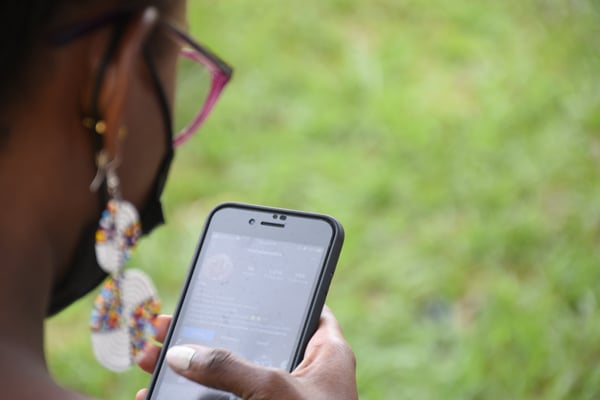Prime
Businesses, households struggle with rising internet costs - report

The report shows that while 55 percent of the surveyed businesses had Internet access, only one in every three have a business website.. Photo | Edgar R Batte
What you need to know:
While 55 percent of the surveyed businesses had Internet access, only one in every three businesses have a business website
Households and businesses have cited high costs and a digital knowledge gap as key barriers to access and use of information, communication and communication (ICT) services.
A new National Information Technology Survey report shows businesses continue to cite cost as the biggest impediment regarding access to both computing devices and the Internet.
The report authored by the National Information Technology Authority corroborates feedback on high costs from other stakeholders such as government agencies, households and individuals.
The report shows that while 55 percent of the surveyed businesses had Internet access; only one in every three businesses have a business website.
Among the businesses with Internet access, over 58 percent had received orders, while 52 percent had placed orders for goods and services via the Internet during the previous three months.
Whereas, over half of all businesses were reported having access to basic computing devices, such as desktop and laptop computers.
The proportion of employees assigned a computer at work and those that routinely used computers at work was still below average.
While the use of mobile money is high, the report shows that businesses still largely rely on cash on delivery for both sales and purchases.
This, according to the report, highlights the need to develop both digital payments and delivery logistics systems to facilitate trade.
At an individual level, the report still cited cost and the digital knowledge gap as a barrier to government services.
For instance, only one in five individuals were aware of any government services provided online.
Among these individuals, 26 percent reported some form of e-government interaction in the previous 12 months, with the most common being submitting completed forms online recorded at 18 percent.
Ugandans that have used e-government services cite the high cost of the Internet as the biggest challenge at 19 percent, followed by time delays at 10 percent.
Among Ugandans that have not used any e-government services, most reported preferring personal contact, followed by lack of knowledge that such services existed.
“The reasons cited by individuals that had not used any e-government services highlight the need for more awareness creation to increase usage,” the report reads in part.
Key findings at individual level show that overall, 74 percent of all individuals had used a mobile phone in the three months prior to the survey – with the percentage in urban areas at 83 percent being higher than that in rural areas 71 percent.
High costs a major barrier
Most individuals, according to the report, that had used but owned no mobile phones cited cost as the major impediment for not owning a mobile phone, with more females giving this as their primary reason.
Not surprising within the same context is that only 10 percent had used the internet for any purpose in the previous three months, with a very sharp urban-rural divide.
Among individuals who had not used Internet, lack of knowledge or skills was the biggest barrier at 51 percent, followed by lack of knowledge about what the Internet was at 28 percent and the high cost of internet access at 26 percent.




